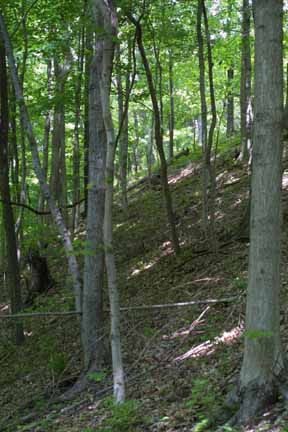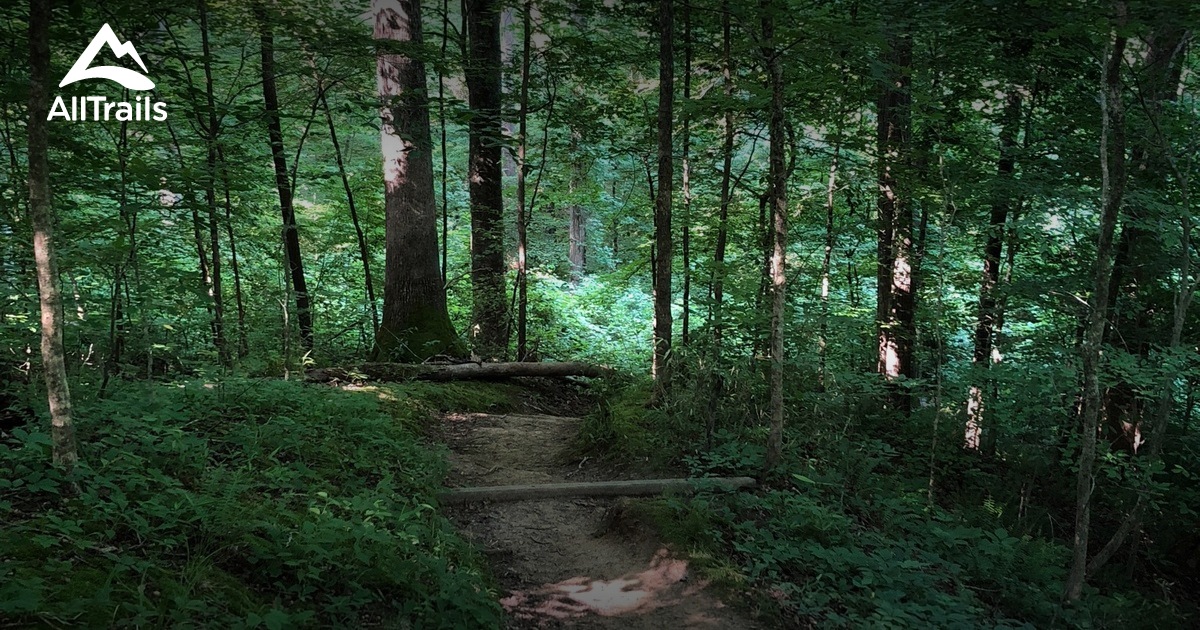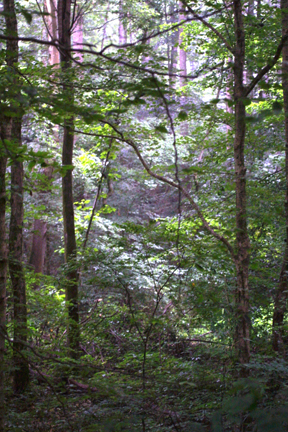Chickasaw national wildlife refuge has the largest tract of bottomland hardwood forest in tennessee and lies in the lower mississippi river floodplain with eight miles of the refuge s western boundary adjoining the mississippi river.
Tennessee bottomland hardwood forests.
The bottomland hardwoods consist of two community types.
Bottomland hardwood forests located in tennessee s mississippi coastal plain are a prominent ecosystem in the southeast.
Description bottomland hardwood forests are river swamps.
They are found along rivers and streams of the southeast and south central united states generally in broad floodplains.
These forests are critically important to biodiversity wildlife carbon storage recreation and clean water in the south.
Forest occurring along semi permanently flooded sloughs and pools and forest occurring on seasonally flooded higher ground.
Since the 1800s these forested wetlands have been logged and drained for agriculture.
The 270 acre natural area is part of the 330 acre big cypress tree state park located in weakley county.
The refuge extends east two to six miles to the edge of the heavily dissected chickasaw bluff.
The bottomland hardwood forest is a type of deciduous and evergreen hardwood forest found in us broad lowland floodplains along large rivers and lakes.
Scientists often consider a bottomland hardwood forest ecosystem as an extension ofa river.
These ecosystems are commonly found wherever streams or rivers at least occasionally cause flooding beyond their channel confines.
They are occasionally flooded which builds up the alluvial soils required for the gum oak and bald cypress trees that typically grow in this type of biome.
Bottomland hardwood forests are floodplain forests that are periodically inundated or saturated during the growing season.
The natural area protects approximately 216 acres of bottomland hardwood forest smaller areas of riparian forest and shrub and herbaceous plant dominated wetlands.
The 270 acre natural area is part of the 330 acre big cypress tree state park located in weakley county.
The natural area protects approximately 216 acres of bottomland hardwood forest smaller areas of riparian forest and shrub and herbaceous plant dominated wetlands.


























